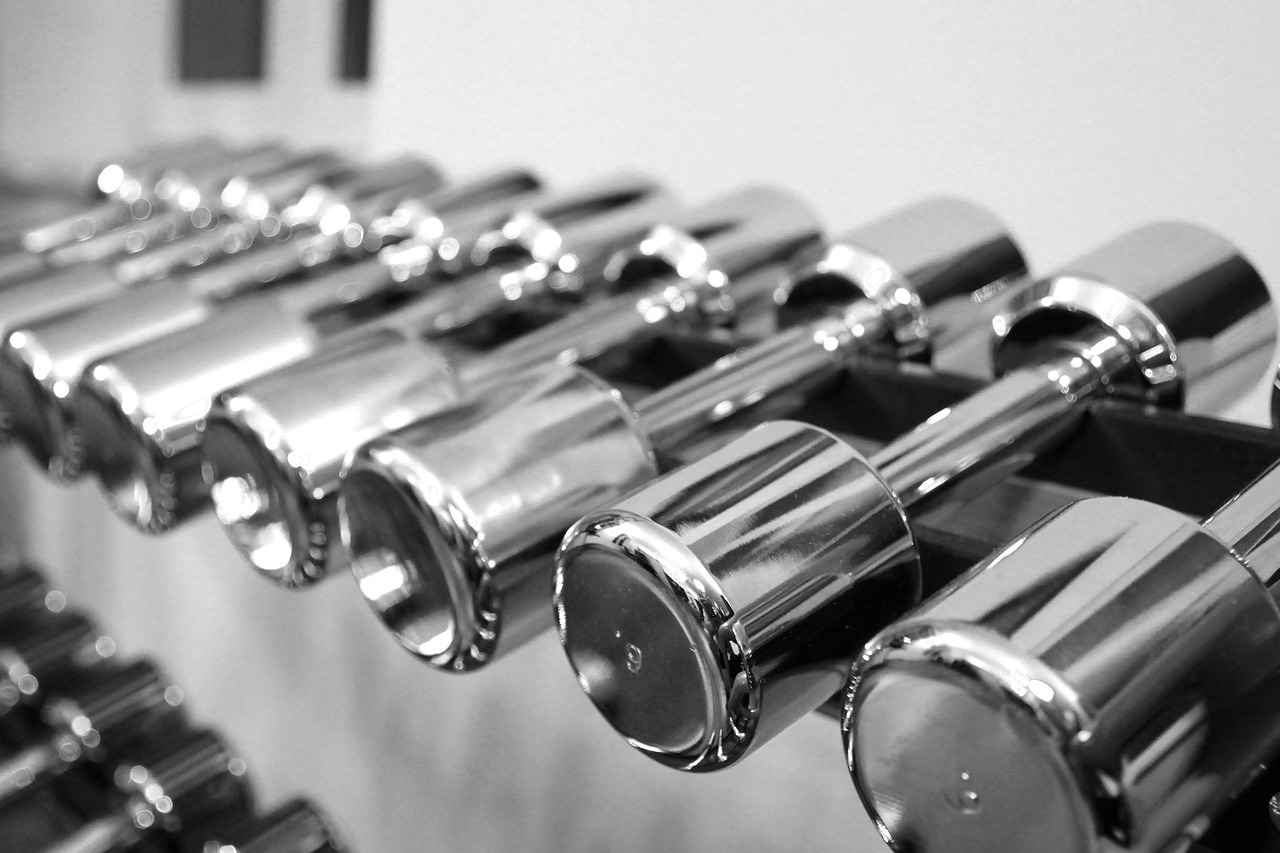If you’ve spent much time in the gym, you might have heard people talk about their One Rep Max (1RM). This is the maximum weight you can lift for a single repetition of a given exercise. In many instances its used as a standard of benchmarking your for strength, a way to track progress, and a tool for structuring training programs.
But here’s the problem: while 1RM is extremely useful, there are some people who are prone to misuse it. Some of the issues include testing too often, trusting bad data, or even training at the wrong percentages can do more harm than good.
Instead of unlocking strength, these mistakes can lead to stalled progress—or worse, injury.
In this guide, I will be giving you a break down of the five common mistakes people assume when using their one rep max for training. More importantly, I will be giving you my solutions so that in the future you can train smarter, lift safer, and keep making gains.
Mistake #1: Testing 1RM Too Often
Dont fall into the trap of testing your max far too frequently. It might feels nice to throw a heavy weight on the bar and see if you can set a new personal record. But the danger is that when you do this weekly—or even monthly—can become counterproductive.
Why It’s a Problem:
- Testing your 1RM is physically demanding and has the potential of draining your central nervous system.
- The other problem is that it increases your risk of injury due to repeated near-maximal attempts.
- Instead of progressing, you might end up feeling fatigued and weaker over time.
The Smarter Approach:
- Consider limiting your true max testing to every 8–12 weeks.
- Use submaximal training methods to measure progress in between.
- Consider estimating your 1RM from a heavy set of 3–5 reps using a trusted one rep max calculator instead of testing it directly every session.
This way, you’ll save your energy for actual training instead of burning out on constant testing.
Mistake #2: No Proper Warm-Up & Technique
Another common error is rushing into heavy lifts without preparing the body properly. Some lifters walk into the gym, do a quick stretch, and then load the bar with their goal weight.
Why It’s a Problem:
- Lifting near your 1RM with cold muscles and joints drastically increases your injury risk.
- Poor technique under heavy load creates bad habits and potential long-term damage.
- Your performance will likely suffer, giving you an inaccurate max.
The Smarter Approach:
- Start with general warm-ups (5–10 minutes of light cardio or dynamic mobility work).
- Progress through multiple warm-up sets with lighter weights, gradually building to your attempt.
- Focus on form, bar path, and bracing—your technique should remain the same whether it’s 60% of your 1RM or 95%.
Think of your 1RM test not as a sprint but as the culmination of a carefully prepared effort.
Mistake #3: Using Inaccurate 1RM Calculators
Not all estimation methods are created equal. Many lifters rely on outdated formulas or random online calculators without realizing that exercise type, rep speed, and fatigue can throw results off.
Why It’s a Problem:
- Inaccurate calculations lead to incorrect training loads.
- You may end up lifting too heavy (causing burnout) or too light (stalling progress).
- Some calculators don’t account for higher-rep sets, making estimates unreliable.
The Smarter Approach:
- Use scientifically validated formulas like Epley or Brzycki for better accuracy.
- Track your lifts consistently to get a more reliable average over time.
- Use a trusted online tool like our free one rep max calculator, which applies proven formulas across all major lifts.
1 Rep Max Calculator
Remember, your 1RM is a guide, not gospel. Use it intelligently, not blindly.
Mistake #4: Training at the Wrong Percentages of 1RM
One of the most powerful uses of 1RM is programming your training loads. But too often, lifters either train too close to their max or stick to loads that are too light to spark adaptation.
Why It’s a Problem:
- Training constantly at 90–100% of your 1RM leads to fatigue and plateaus.
- Staying too light won’t provide enough stimulus for strength gains.
- Misapplied percentages can derail your entire program.
The Smarter Approach:
Use your 1RM to target the correct training zones:
- Strength: 75–90% of 1RM for 3–6 reps
- Hypertrophy (muscle growth): 65–75% of 1RM for 6–12 reps
- Muscular endurance: 55–65% of 1RM for 12+ reps
For example, if your bench press 1RM is 100 kg, training for strength might involve sets of 5 reps at 80 kg, not maxing out at 100 kg every week.
By aligning your training intensity with your goals, you’ll make consistent progress without burning out.
Mistake #5: Not Adjusting for Progress or Fatigue
Your one rep max isn’t a static number—it changes depending on your training cycle, recovery, and even daily factors like sleep and nutrition. Sticking to the same numbers for months is a major mistake.
Why It’s a Problem:
- Using outdated 1RM data leads to ineffective training.
- Failing to account for bad days can increase injury risk.
- You’ll either undertrain or overtrain, both of which stall progress.
The Smarter Approach:
- Retest or recalculate your 1RM every 8–12 weeks.
- Adjust your training loads on days you feel unusually fatigued.
- Consider auto-regulation methods like Rate of Perceived Exertion (RPE) or velocity tracking for smarter adjustments.
By treating your 1RM as a dynamic number, you’ll always train at the right intensity for your current capabilities
